Contents


Bacterial and fungal diseases of melon lead to a significant decrease in its yield. Such melon pests as flies, caterpillars, various beetles, which, feeding on plant juices, lead to damage and sometimes death of the melon planting, are no less a threat to melons. To protect plants and crops in general, there are various agrotechnical measures, including the timely treatment of melons with special preparations.
Diseases and pests
Low temperatures, high humidity, lack of heat and sun – all these factors contribute to the development of putrefactive processes on leaves and fruits. Most often, melons are exposed to diseases caused by a fungal infection that affects plants in the absence of proper care.
Powdery mildew. At the initial stage, it appears as whitish spots on the greenery of plants (leaves, stems). If measures are not taken in time, then the spots turn brown and spread to the entire surface, and the leaves themselves dry out. This process leads to a stop in the growth of fruits and a decrease in their quality. In many cases, the disease affects not only the greens, but also the fruits themselves.
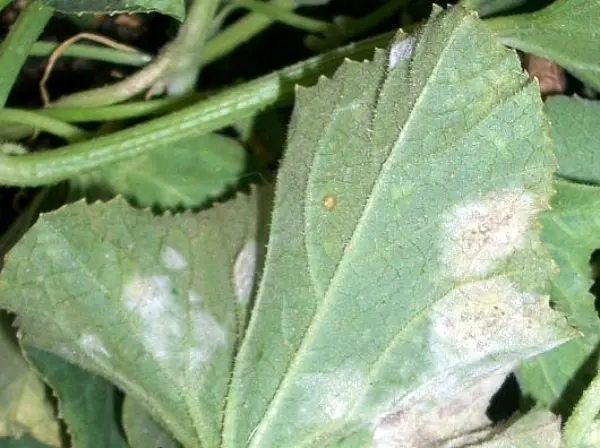
Fusarium. This is a fungal disease that manifests itself in wilting of the leaves. As a rule, it occurs during the formation of the first leaves, active growth and ripening of fruits. In the absence of immediate measures, withered leaves, and then the stems lose their color, become stained. It is no longer necessary to count on a generous harvest, since the process develops so rapidly that literally after 7-10 days the infected plant dies. If the fungus struck the melon at the stage of fruit ripening, then the melons will not be sweet and fragrant enough. It is noted that the disease often affects varieties of melons of medium and late ripening.
Copperhead (anthracnose). Signs are brown spots on the leaves, gradually increasing in size. Over time, holes form in the affected areas, the leaves dry up and curl around the edges, the stems become brittle, and the fruits become deformed, start to taste bitter and gradually rot.
Root rot. Young weakened plants are more susceptible to the disease. At the initial stage, it is manifested by drilling and thinning of the stem, gradually leading to the death of cotyledons, leaves and roots.
In addition to various kinds of diseases, planting melons is often also attacked by pests, which we will discuss later.
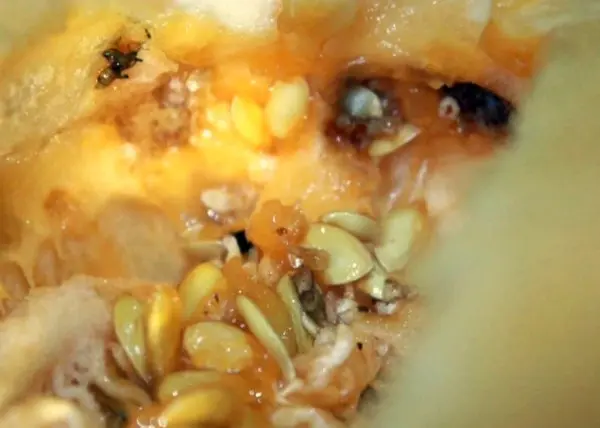
Melon fly. In some regions, this pest is the main enemy of melons, as it affects up to 50% of the total crop. Getting rid of flies is quite difficult, because they easily tolerate cold, and safely hibernate in the ground in the form of larvae. These insects begin their flight around the beginning of June and can even penetrate the ovaries. Basically, the pest attacks already ripe fruits. In this case, the insect pierces the soft tissues of the fetus and lays several larvae inside the melon.
The first signs of damage to fruits by a melon fly are small tubercles on the peel at the points of entry of the pest. Then, when the insect eggs turn into larvae, you can see holes (soft moves) on the surface of the melon that these same larvae have pierced. Fruits after damage by a pest begin to rot quickly, and the risk of infection with fungal diseases also increases. Of course, eating a melon infested with insects is not recommended, even if the pulp of the fruit is not yet badly damaged, and the larvae are easily removed.
Melon aphid. Represents multiple clusters of small insects below the leaves. Settling down in groups and laying larvae there, they suck the juice from the leaves, which leads to their yellowing, twisting and wilting. In this case, the whole plant suffers, and the flowers and ovaries fall off.
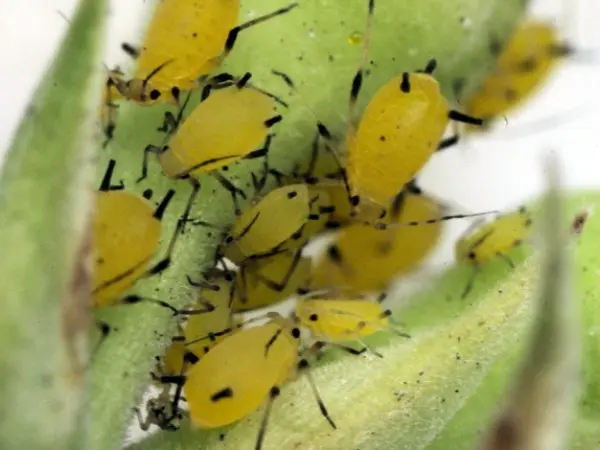
Wireworms. These are the larvae of beetles, which are popularly called click beetles. Their body really looks like a piece of wire, it is very strong and springy. The larvae live in the soil, feeding on the seeds of gourds, so the main damage is done to melon rhizomes. They gnaw through the roots and the underground part of the stem, which leads to a lag in development, and then to the death of a young plant.
Spider mite. These pests settle on the underside of the leaf. Infection with a tick is evidenced by thin cobwebs braiding leaves. During the day, adult beetles lead a hidden life, hiding in the web and laying larvae there. Colonies feed on plant sap, so small spots can be found on the leaves – traces of pest bites. Infected leaves turn yellow, deform and fall off, after which the insects move to the stems, flowers and ovaries. By devouring them, they gradually destroy the plants.
Gnawing owls. These are caterpillars that live both in the soil and on its surface. In the daytime, they prefer to hide from the sun in the ground, where they gnaw through the roots of plants, and at night they get to the surface, and damage the stems there. Massive damage leads to the death of melons, especially if the root is damaged.
Video “Protection of melon from a melon fly”
From the video you will learn how to protect your garden and gourds from one of the most dangerous quarantine pests of melon, watermelon, pumpkin and cucumber, causing great damage to the crop.
Processing means
Many diseases can be avoided if you follow the rules of agricultural technology regarding this crop:
- do not plant in heavy and too moist soil, as this contributes to the development of fungal diseases, putrefactive processes and wither melon planting;
- observe crop rotation – it is not advisable to plant melons after nightshade crops (potatoes, tomatoes, eggplant), in addition, the place for a bed with melons must be changed annually;
- plants that have been subjected to diseases or pests must be burned, after which a deep digging of the soil should be carried out;
- and the main measure in the fight against pests and diseases is seed dressing in disinfecting solutions (manganese, copper sulfate, Formalin, Fundazol and other similar agents).
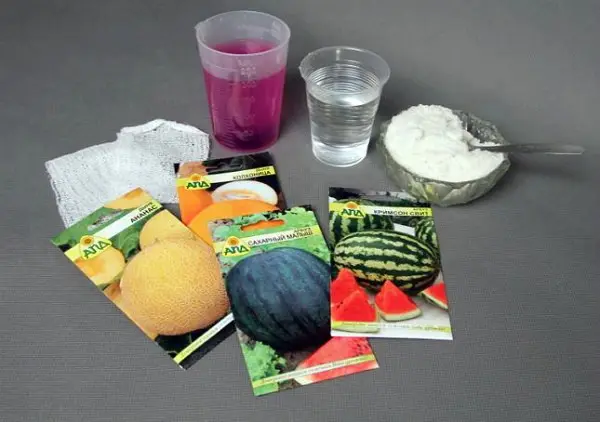
These simple cultivation measures will reduce the risk of your melons getting diseases such as fusarium, root rot and many other fungal diseases. If, nevertheless, the plants become ill for some reason, then fungicides will be the only way to solve the problem, since folk remedies are effective only at the initial stage of the disease.
To combat powdery mildew, colloidal sulfur is used – this is a white powder to protect vegetable and fruit crops from the above diseases. The drug is used in the form of a solution (0,3%) or as a means of pollinating plants. The effect is observed after 1 day. If the lesions are extensive, treatment is carried out 1 time / 1 week until all signs of the disease disappear.
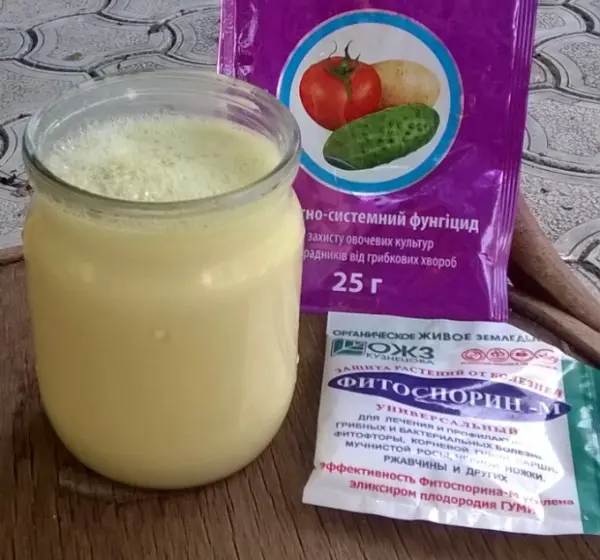
Of the folk remedies for this problem, infusions of hay dust or liquid manure are effective. A preparation is prepared at the rate of 1 part of organic matter to 3 parts of water. Dung or dust is poured with water and insisted for three days. After that, filter, dilute with water in a ratio of 1: 3, add copper sulfate (5 g / 1 bucket of liquid), and spray the plants. A more gentle remedy is milk or whey, diluted with water 1:10.
For the prevention of powdery mildew, melons are recommended to be sprayed with Bordeaux liquid 1 time / 7–8 days. From fusarium, a solution of potassium chloride is used, which is watered with beds during the formation of buds. To prevent anthracnose, melons are sprayed with a solution or sprinkled with dry sulfur powder 1 time / 10–12 days.
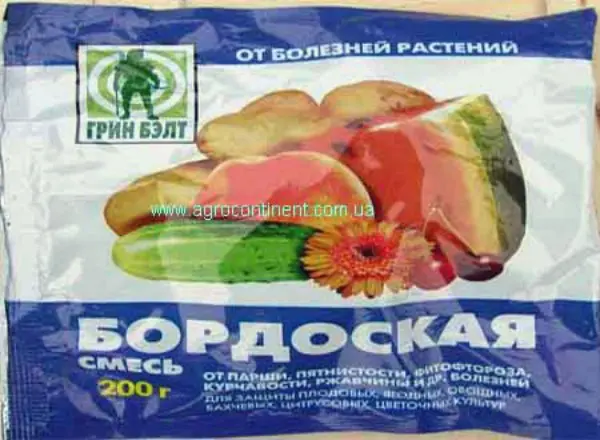
From pests, melons need to be treated repeatedly. For example, the melon fly is active during the growing season of plants and during the period of fruit ripening, so 2-3 treatments are necessary per season. The drug “Kemifos” (insecticide) is effective. It is used for spraying at the rate of 10 ml/10 l of water. For prevention, melons are sprayed with a Rapier solution.
From aphids, solutions of Karbofos (10%), Aktelik (30%), or a soap solution (100 g of soap / 10 l of water) are used. The preparations “Fitoverm” or “BI-58” will help get rid of spider mites. These are universal insecticides used for the treatment of fruit and vegetable crops. Gnawing scoops are destroyed by the preparations “Volaton”, “Decis”. These are chemicals that are diluted in accordance with the instructions.
It must be remembered that eating a melon treated with insecticides is allowed no earlier than a month from the last treatment.
Processing technology
Treatment of melons from pests and diseases can be carried out in several ways: by spraying the tops, sprinkling leaves (dry powders are used), or by watering.
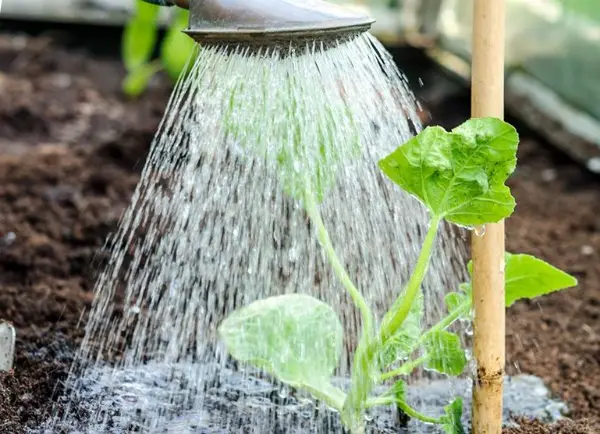
Whichever method you choose, to achieve the desired effect, you must adhere to the following rules:
- It is better to spray the plants in cloudy and calm weather (late evening), as the strong sun can lead to burns of the treated leaves, and the wind can partially blow off the drug, which will reduce its effectiveness.
- The processing time must be calculated so that there is no rain for at least 6–8 hours after the procedure.
- Try to spray only plants, avoiding getting drugs into the soil, or, conversely, if necessary, water the soil without getting on the leaves.
- It is not recommended to process the fruits themselves, since insecticides and fungicides tend to accumulate, and these are strong chemicals.
It is also important to adhere to the rules for working with such drugs. When processing melons, be sure to use rubber gloves, a mask and protective clothing, since these agents quickly penetrate the respiratory tract and are absorbed into the bloodstream, which can lead to poisoning. For work, use a high-quality pneumatic sprayer.
Remember that the working solution can be stored for no more than a day.
Video “How to increase the yield of melons”
In this video, you will learn how to care for melons to increase your yield.









